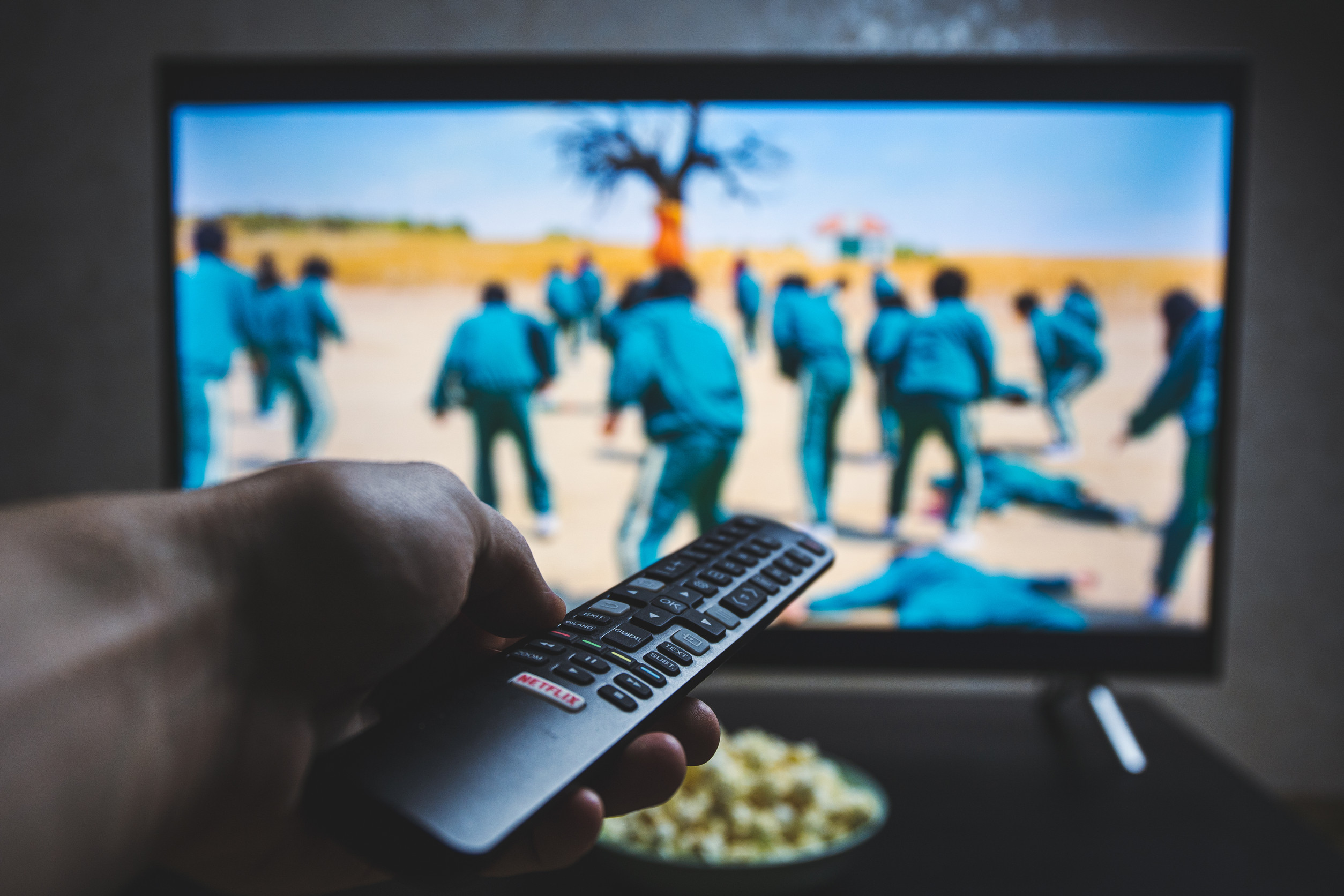Streaming was supposed to be the cheaper, flexible alternative to cable, but monthly bills are starting to creep up in a familiar way. One or two bucks here, a couple more there, and suddenly that $9.99 subscription has morphed into a $17.99 charge.
With multiple services in play, it’s easy for households to hit triple-digit monthly totals. For many, the shock only hits when glancing at the bank statement. The question is: will it keep happening this year?
Why Streaming Platforms Keep Hiking Prices
Price hikes aren’t random — they’re fueled by rising production costs, expensive licensing deals, and a crowded content war. Original programming now costs billions, with big-name actors and sprawling special effects driving budgets higher. As platforms compete to secure exclusive shows and movies, someone has to foot the bill. That someone, unfortunately, tends to be the subscriber. For providers, raising prices feels like the simplest path to profit.
The Competition Factor That Drives Up Costs
Competition isn’t always good for consumers when every platform wants to be the “must-have” destination. Companies spend heavily to grab top-tier talent, secure sports rights, or corner niche genres. This constant arms race means each service needs more cash to stay in the game. Rather than trimming back, most simply tack on another dollar or two. The result is a constant upward creep in subscription fees.
Sneaky Tactics Streaming Services Use
Price hikes aren’t always obvious — sometimes they’re hidden in “new tiers” or bundled changes. Services introduce ad-supported versions to lure in budget-conscious viewers while nudging existing subscribers toward pricier ad-free plans. Another common trick is shrinking trial periods or cutting perks that used to be free. These subtle moves feel less painful than an outright jump but add up fast. Before long, customers end up paying more for less.
Subscriber Growth vs. Subscriber Retention
When a streaming service is in rapid-growth mode, prices usually stay lower to attract new signups. But once growth slows and the market matures, attention shifts to squeezing more revenue from existing users. This often triggers waves of price increases dressed up as “value improvements.” Companies assume loyal subscribers won’t cancel over a few extra dollars. That gamble pays off more often than not, which explains why hikes keep coming.
The Inflation Excuse Everyone Uses
Inflation has become a convenient catch-all justification for higher streaming bills. Rising costs of everything from wages to equipment are used as reasoning for subscription bumps. While inflation is real, streaming companies also use it to mask profit-driven decisions. Few consumers have the energy to argue when nearly everything else is going up in price too. This “everybody’s raising prices” narrative makes it easier to slip increases through.
Will Bundles Save or Sink Your Wallet?
Bundles can look like a bargain, but they’re also a clever way to lock customers into paying more over time. A discounted package of two or three services feels like a win until individual prices creep up across the bundle. Suddenly, that attractive deal doesn’t feel so light on the wallet. For the companies, bundles reduce churn and increase loyalty, but consumers often lose flexibility. What looks like savings today may cost more tomorrow.
How Global Expansion Shapes Pricing
Streaming services are pushing hard into international markets, and those expansion costs ripple back to everyone. Adapting content for different regions, navigating foreign regulations, and funding local productions isn’t cheap. To fund these efforts, global players often adjust pricing in established markets where customers are less likely to cancel. Essentially, subscribers in one country end up subsidizing growth in another. Global reach sounds glamorous, but it rarely comes free.
The Ad-Supported Shift Taking Over
Ad-supported tiers are the hottest trend, with nearly every major service offering them now. These plans provide a cheaper entry point but also open the door for more frequent hikes on ad-free tiers. As viewers get used to paying less with ads, companies quietly nudge premium users to pay more for the privilege of uninterrupted streaming. It’s a classic carrot-and-stick move. Ads may keep costs down, but only if you’re willing to trade time for money.
Could 2025 Bring Another Wave of Increases?
Industry analysts predict more price adjustments as competition intensifies and profits get squeezed. Several platforms have already hinted at reevaluating subscription models this year. With Wall Street demanding constant growth, price hikes become an easy lever to pull. Consumers may groan, but cancelation rates often remain lower than expected after an increase. That resilience almost guarantees another round of hikes sooner rather than later.
Streaming’s Future Price Tag
Streaming started as a refreshing break from cable, but it’s slipping into the same trap of higher costs and complex tiers. Every new original series, blockbuster deal, and international expansion puts pressure on prices. Subscribers need to stay sharp, weigh their options, and regularly trim their lineups to avoid subscription creep. While competition keeps content exciting, it also keeps bills climbing. So, what do you think — will you stick with your lineup or cut back if the next hike hits? Leave a comment with your thoughts.
You May Also Like…
6 TV Networks That Died But Still Influence What You Watch
9 Times Your Smart Devices Gave Away Too Much to Strangers
The 7 Largest Casinos in America Ranked by Size and Entertainment Options
6 Psychological Tricks Built Into Your Streaming Apps
8 Popular Streaming Shows That Quietly Promote Disturbing Messages


